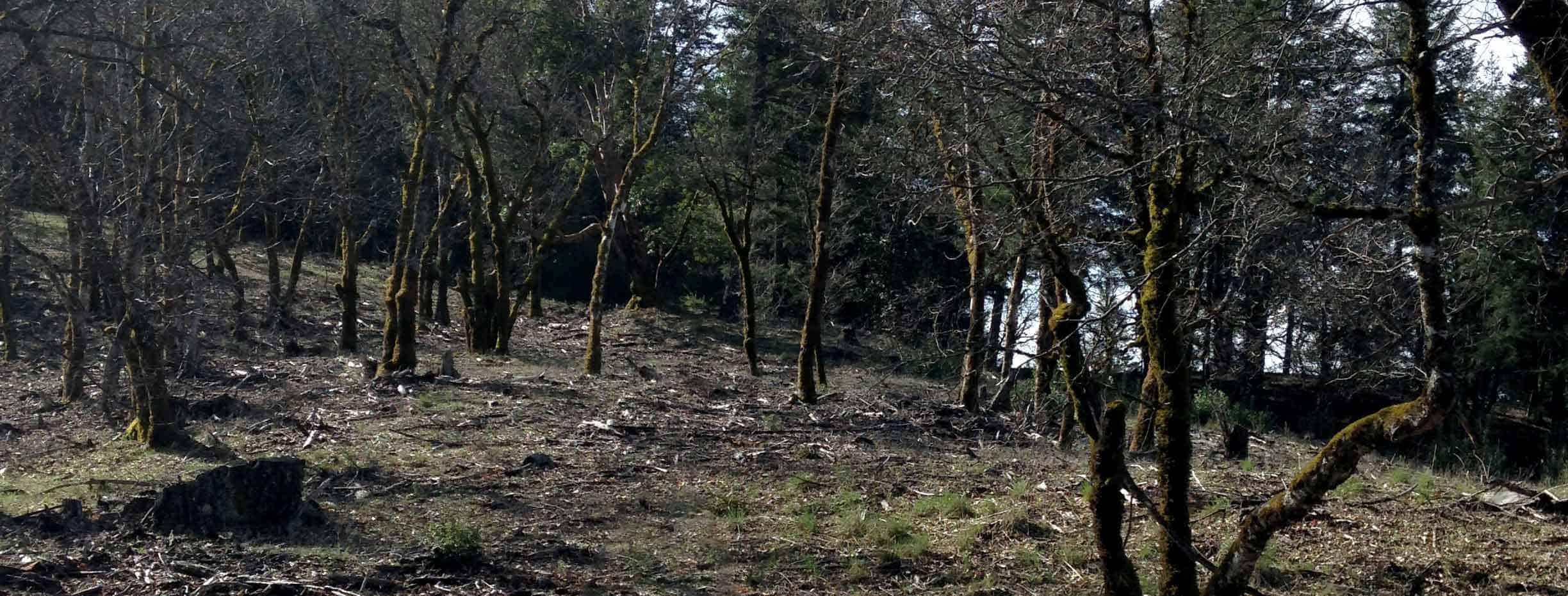
Mastication
Mastication is an increasingly common fuel treatment that redistributes “ladder” fuels to the forest floor to reduce vertical fuel continuity, crown fire potential, and fireline intensity, but fuel models do not exist for predicting fire behavior in these fuel types.
Recent fires burning in masticated fuels have behaved in unexpected and contradictory ways, likely because the shredded, compact fuel created when trees and shrubs are masticated contains irregularly shaped pieces in mixtures quite different from other woody fuels.
We review fuel characteristics and fire behavior in masticated fuels across the United States. With insights from the few laboratory and field burning experiments conducted, we highlight the variation likely to occur across different ecosystems in which these treatments are being widely implemented. Masticated debris has a propensity to flame and smolder for long durations.
Fuel variability and vegetation response will likely influence whether or not treatments reduce long-term fire hazard. We identify key science needs that will better elucidate fire behavior and effects in these treatments. With mastication widely applied in an expanding wildland-urban interface, it is crucial to understand how such fuels burn. What we learn about combustion in these fuels will inform effective fuel management in these and other mixed fuels.
